The Coast Guard vessel, Point Orient, was stationed at Fort Pierce, FL, from 1961 to 1965 and was first used for law enforcement and SAR (Search and Rescue). On 15 January 1965, she towed the disabled M/V Sally 120 miles southeast of Corpus Christi, TX, to safety. She was assigned to CG Squadron One, Division 12, Vietnam, from July 1965 to May 1970. On 15 July 1967, Point Orient captured an enemy trawler. The Point-class cutters were 82-foot patrol boats designed to replace the United States...
The Christy Collection
Military Stories and Articles
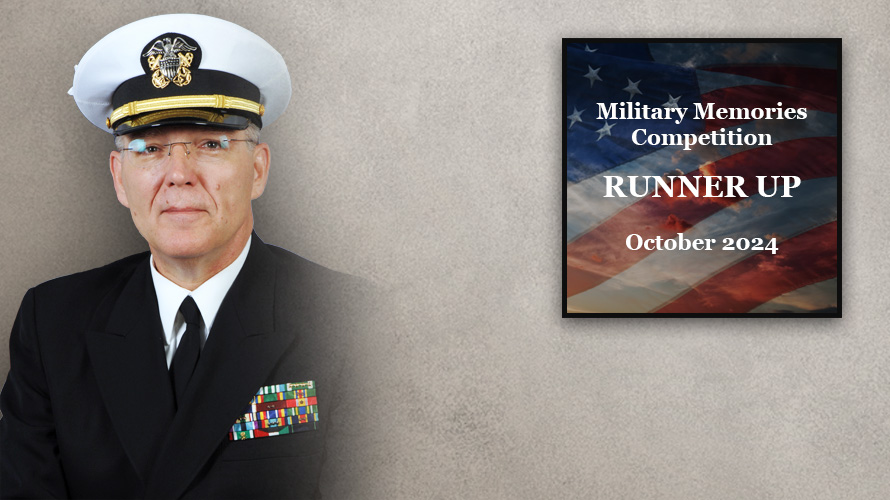
LCDR David W.. Hodge, U.S. Navy (1981-2011)
What Favorite Automobile Did You Own During Your Military Service? What Special Memories Does This Bring Back For You?:
My favorite car while in the Navy was a 1965 Ford Mustang. Mine wasn t the classic muscle-car version you imagine though. It was clean, however, as I had spent the eight months of my delayed entry into the Navy restoring it. I repainted the car the original Wimbledon White and kept it stock except for my Cragar mags. Under the hood, I had the small but rugged 200 cubic inch six, with a three-speed manual. The Mustang drove like a dream and would go 70 mph all day long, getting 30 miles to the gallon.
Service Reflections of Sgt Paul Cavnar, U.S. Marine Corps (1968-1974)
There were a few things that I recall. First, I was always impressed with how sharp the Marines at the recruiters’ office looked and I liked the way they presented strength and confidence.
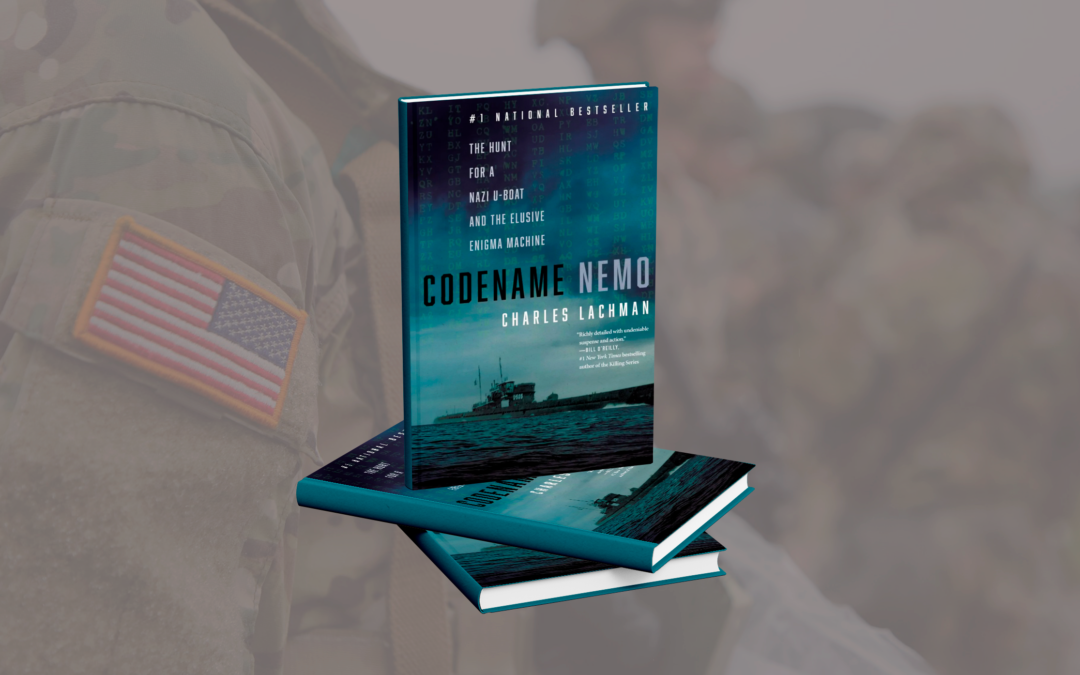
Codename Nemo by Charles Lachman
On June 4, 1944, the escort carrier USS Guadalcanal and its escort destroyers picked up a sonar ping. A U-boat was hiding off the coast of Cape Verde. U.S. Navy Captain Daniel V. Gallery was in command of his second hunter-killer cruise as skipper of the Guadalcanal. Having already sunk three U-boats, he was determined to capture one and get the trove of valuable intelligence information hidden aboard it. He was so ready to make history; he had several boarding teams and a film crew ready and...
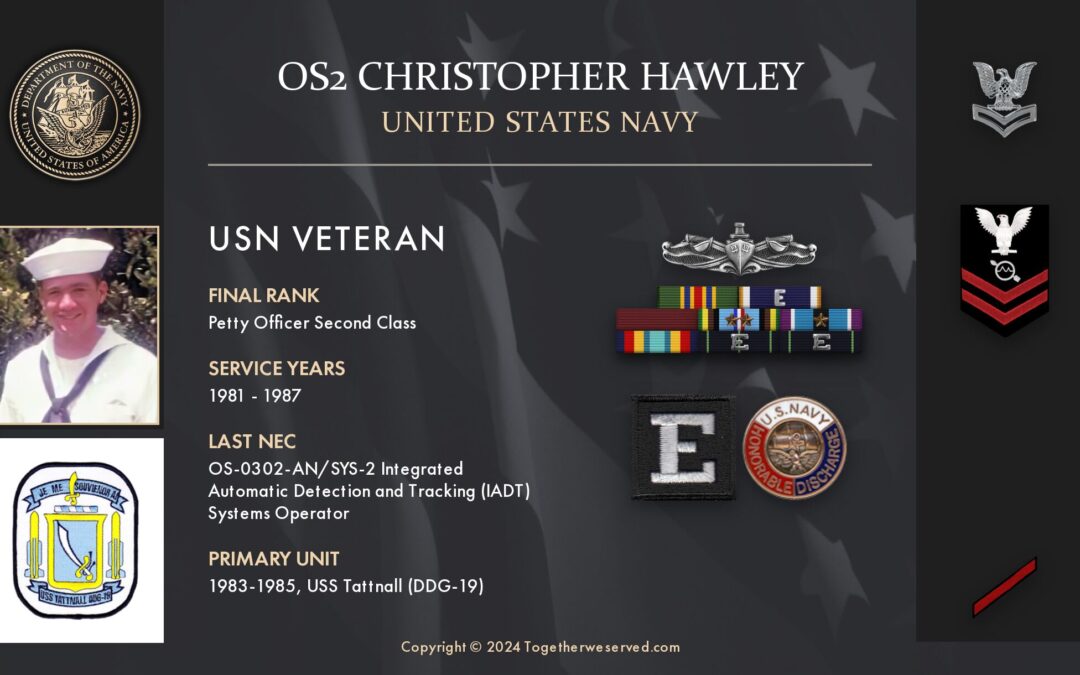
Service Reflections of OS2 Christopher Hawley, U.S. Navy (1981-1987)
I was always sure that I would serve in the military from a very young age. Military Service in my family was always a strong influence. At about fifteen years old, I was very sure that I would make a career in the military. I had joined the Civil Air Patrol at the time, and I loved it. I was also sure that I would be a United States Marine, just as two of my cousins, an uncle, and a Great-grandfather had all been.
My Great-grandfather had joined the Marines in 1910 at 16, lying with his parents’ help about his age, saying his birth year was 1892, not 1893. He served until 1914, participating in the incursion into Vera Cruz, Mexico, after the “Tampico Incident.” During much of his four years, he was detached from his command to the Marine Corps Rifle Range Detachment at the Marine Barracks, Quantico, VA, as part of the marksmanship team. After finishing Boot Camp at Paris Island, South Carolina, he was assigned to an old Battleship, the USS Louisiana (BB-19) and later the USS Texas (BB-35), as part of the Marine detachment. He was a participant in most of the National matches at Camp Perry during that time, earning the National Match, Distinguished Marksmanship Gold Metal.
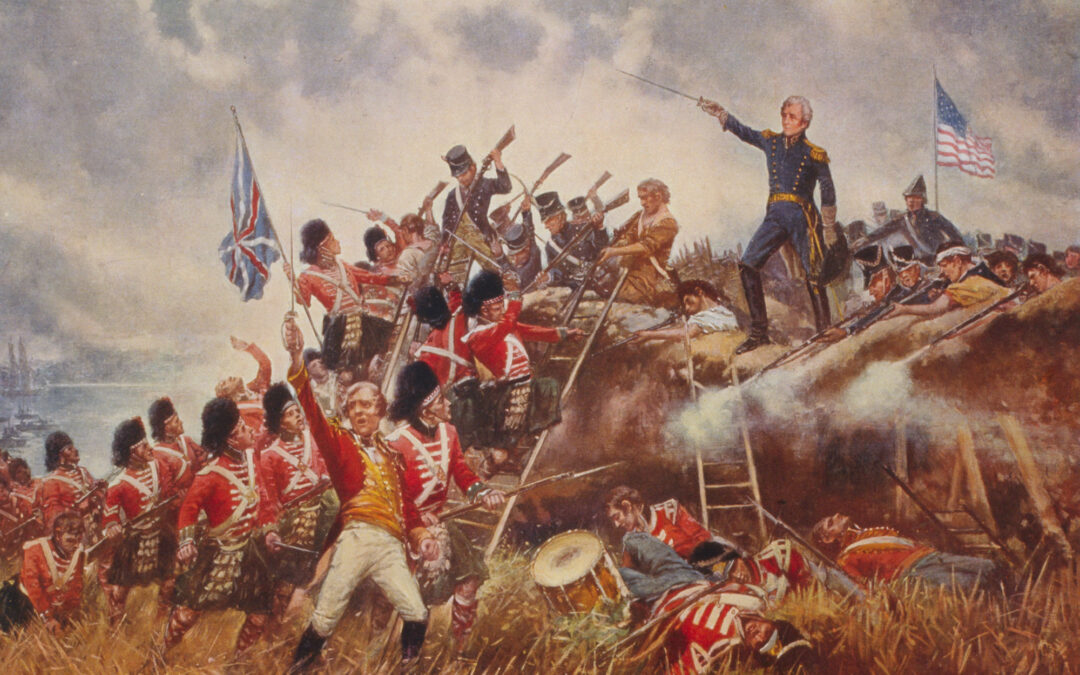
The War of 1812
The War of 1812 is a relatively little-known war in American history, but it is also one of its most important. It lasted from June 1812 to February 1815, and was fought between the United States of America and the United Kingdom, its North American colonies, and its Native American allies. It also defined the presidency of James Madison, known as the "Father of the Constitution." Despite its complicated causes and inconclusive outcome, the conflict helped establish the credibility of the...
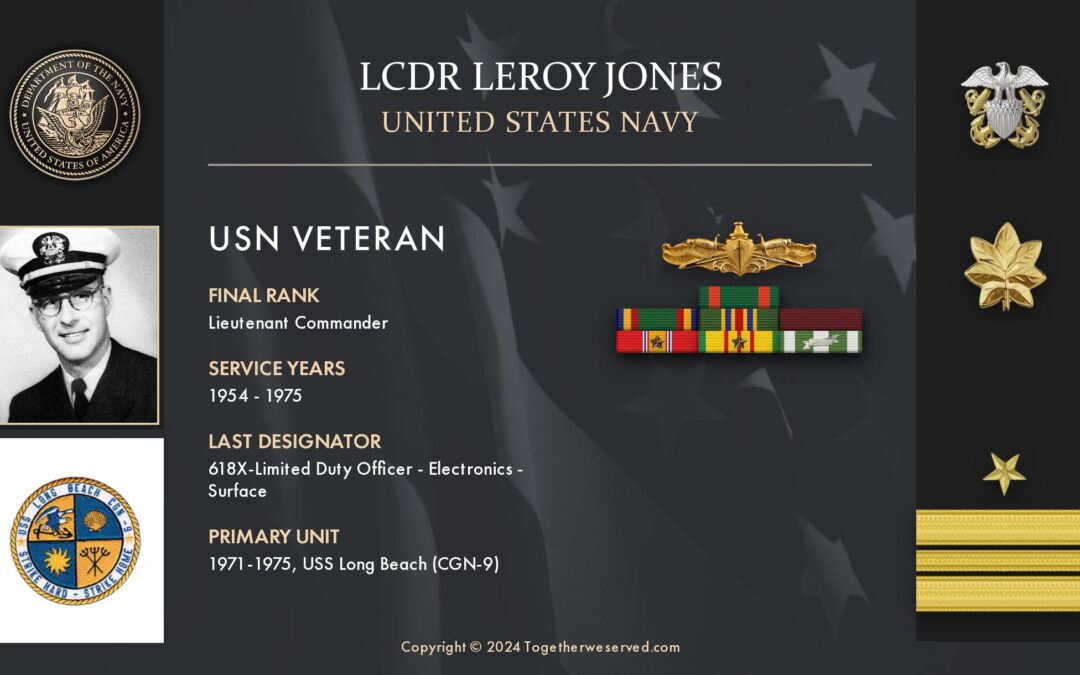
Service Reflections of LCDR Leroy Jones, U.S. Navy (1954-1975)
I was 7 years old when Pearl Harbor was hit. I grew up wishing I could get involved. We did in the ways kids could, collecting scrap medals and tinfoil (from cigarette packs) and learning and practicing the “Scout Run” to be able to act as messengers as Scouts in England, if necessary.
When graduating from high school I couldn’t wait to join. Korea was going then (1954). I missed Korea but, made the Navy a career and was involved in Vietnam.
No one person influenced me to join the Navy. World events played that role.
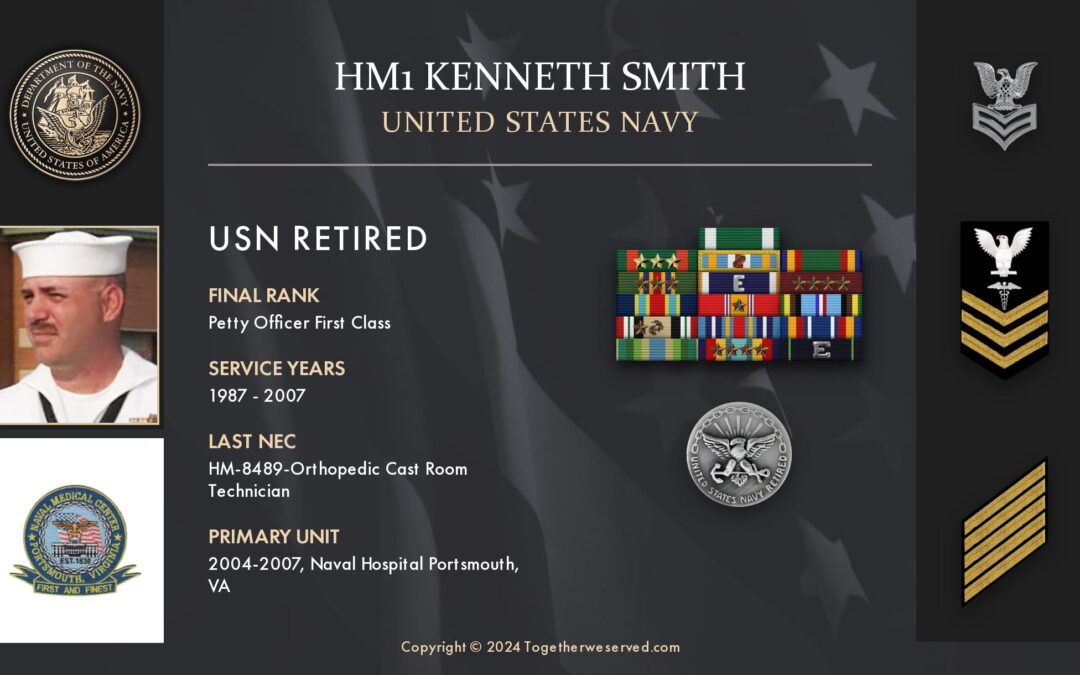
Service Reflections of HM1 Kenneth Smith, U.S. Navy (1987-2007)
I had always wanted to join the Navy, ever since I was 12 years old.
My uncle was in the Navy and he would always come home with more sea stories to tell.
When my dad went back in the Navy, after 10 years of broken service, we moved to San Diego. I was immersed in the Navy culture and I knew I wanted to become a Sailor. I joined the Sea Cadet Corps and stayed in it for 3 years, until we moved to Minneapolis, MN.
I joined the Minnesota National Guard, while still in high school because the Navy didn’t want me until I graduated. I wanted to serve my country as soon as I could I finally joined the Navy in April of 1987 and went to Boot Camp in Jun 1987.
While in Boot Camp, a Chaplin asked my company why we joined. I was the only one in the company to say I simply wanted to serve my country. It was not popular, back then, to be as patriotic as I was. But I was proud to serve, and I am proud to have gotten as far as I did.
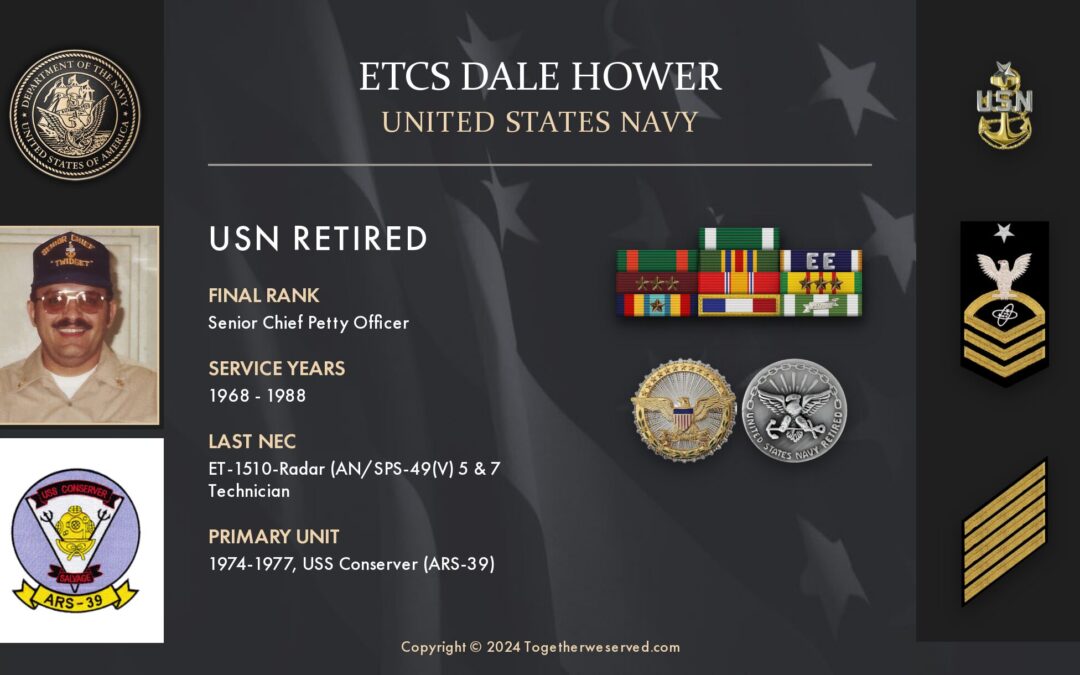
Service Reflections of ETCS Dale Hower, U.S. Navy (1968-1988)
My father James D. Hower, Sr, had a short Navy career of 9 months. He enlisted near the end of WWII and was stationed at Camp Peary, Virginia. He and my mother lived a small apartment in what is now Colonial Williamsburg. When the war ended he was offered an early out when the armed services were down sizing. Throughout my youth, he often mentioned that he wished he would have stayed in.
Although his time in the Navy was limited he encouraged me and my brother to pursue a career in the military. My older brother, James D. Hower, Jr. had a 15-year career in the Navy. He went to boot camp at Great Lakes, obtained an appointment to the Naval Academy from our congressman, went to Naval Academy Preparatory School in Bainbridge MD and then on to Annapolis, graduating in 1971. He separated from the Navy as a Lieutenant.
Through his and my father’s urging, I eventually joined the Navy while still a senior in high school under the delayed entry program. Like my father and brother, we were employed in the textile industry and worked at the same mill. Unlike my father, we had the opportunity to leave the small town Pennsylvania mill worker life and see the world.
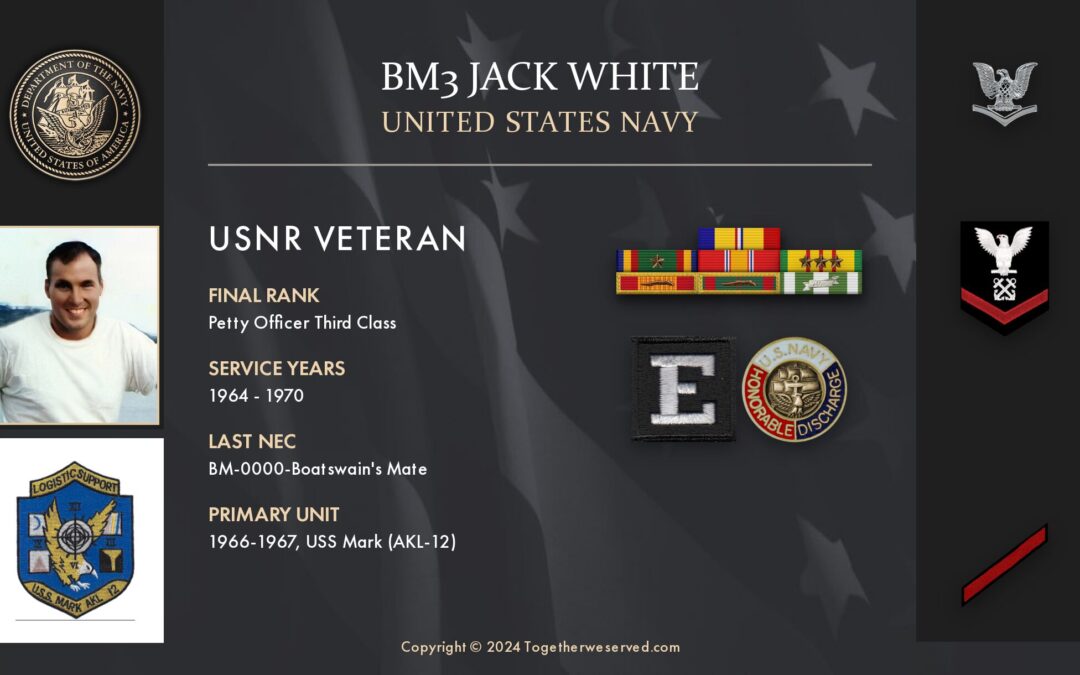
Service Reflections of BM3 Jack White, U.S. Navy (1964-1970)
Several factors influenced my decision to join the Navy in 1964. First, in 1960, my senior year at Canoga Park High School, I received a congressional appointment — fundamentally, a football scholarship — to the U.S. Naval Academy with the provision that I enroll at Pierce Community College in Woodland Hills, California. Pierce was one of the community colleges designated by the Naval Academy and their football coach, Wayne Hardin, as having an athletic training program capable of transitioning appointees to a higher level of experience and expertise before our entrance to the Academy. Well, that worked out fine for a few months; I had passed the Navy physical and had a good football season, but then my best childhood friend and I decided to join the Tri Chi (XXX) fraternity at Pierce College. Then, fraternity life provided an entirely new and exciting social avenue to discover; however, my grades suffered due to the newly introduced fun factor in my life.
Consequently, I failed to maintain the required grade point average and thus lost my appointment to the Academy. I considered the loss inconsequential at the time, as I had the time of my young life. I felt bad for my parents, who were pretty proud of the appointment and never really got over it. As for me, I suppose I will continue to replay the pros and cons of that decision through the years.
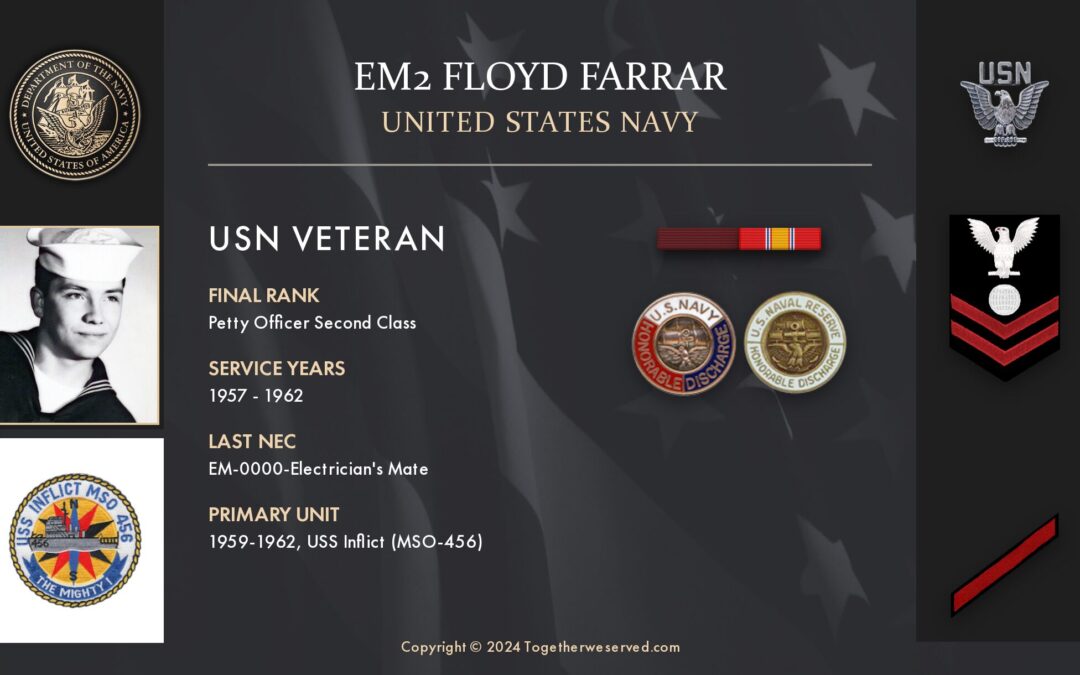
Service Reflections of EM2 Floyd Farrar, U.S. Navy (1957-1962)
PRESERVING A MILITARY LEGACY FOR FUTURE GENERATIONS The following Reflections represents EM2 Floyd Farrar's legacy of his military service from 1957 to 1962. If you are a Veteran, consider preserving a record of your own military service, including your memories and photographs, on Togetherweserved.com (TWS), the leading archive of living military history. The following Service Reflections is an easy-to-complete self-interview, located on your TWS Military Service Page, which enables you to...
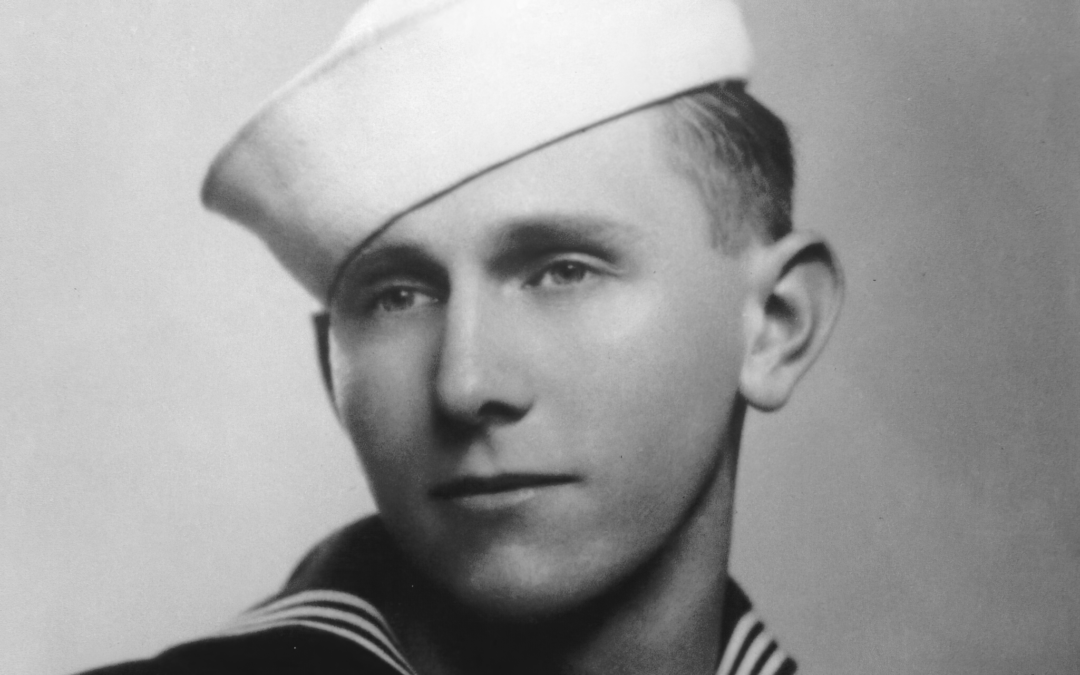
SM1c Douglas Munro, U.S. Coast Guard (1939-1942)
During the World War II fight for Guadalcanal, three companies of United States Marines were cut off from the main force fighting along the Matanikau River. Surrounded and outnumbered, Marine Corps leadership believed the men would be annihilated - all but one, that is. Lt. Col. Lewis "Chesty" Puller wasn't about to let three whole companies die if he could do anything about it. If anyone could, it was Chesty. He flagged down the destroyer USS Monssen, organized a relief force of Higgins...